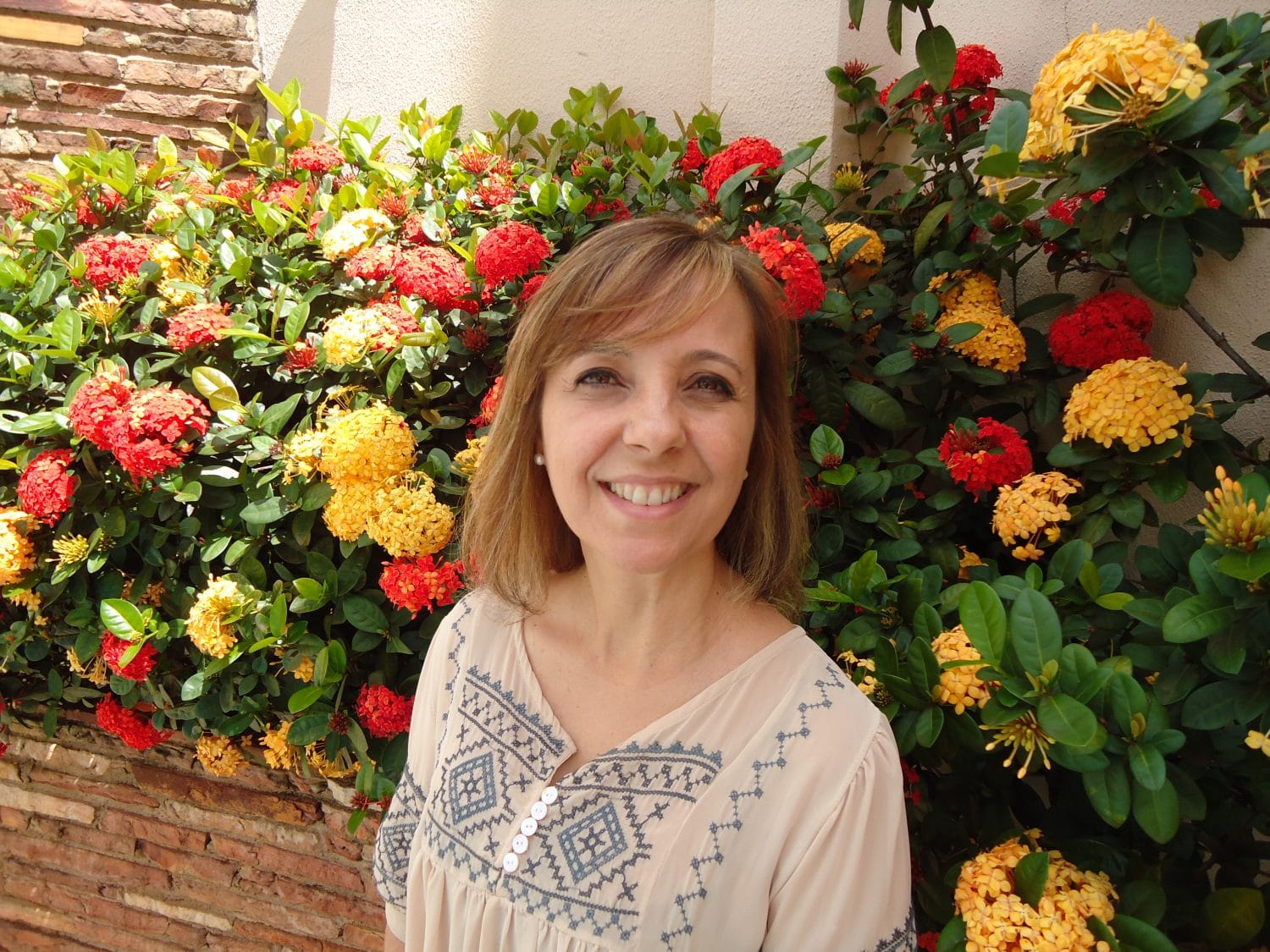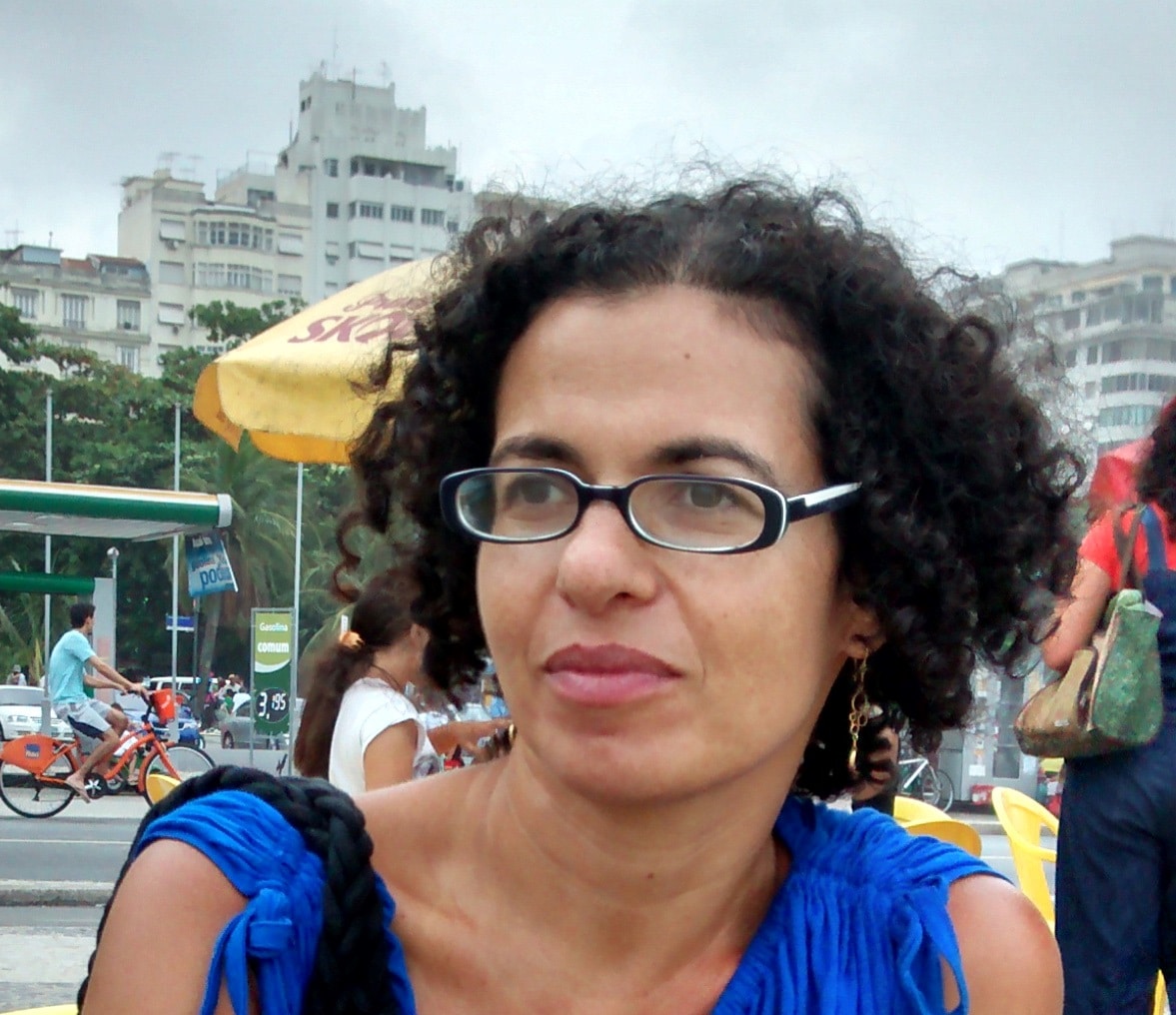HOW CAN I CREATE AN ONLINE COURSE? Oh oh, that’s not a simple question
This post was inspired by a question sent to me by a friend, who is a very talented teacher and would like to start an online course. In her message, she mentions not being able to find a good video tutorial which could help her get started and asks my opinion about the best platform.
As I read my friend’s message, I thought of a way to answer it. In my opinion, a video tutorial showing us how to create an online course in simple steps would be a disservice to anyone wishing to become an online teacher due to the complexity of the task.
It’s interesting that her first question was about the best platform. Many teachers might think that the most important part of an online course is choosing the right platform. I agree that it’s very important to have a good platform, but my tip to her would be to leave the choice of the platform as a later step (MENEZES, 2014).
I would start thinking about the target public, their needs and specially about the kind of online course to propose. On the subject of models of online courses, Mason (1998) develops a framework in which he describes three models of courses in the virtual environment: the content + support model, the wrap around model and the integrated model.
Table 1 – Models of online courses
| 1. The Content + Support Model | Content is conceived by specialists to be taught by other teachers or tutors. It is unchangeable. This model tries to incorporate some technological advantages, however, it is still based on a traditional pedagogy of online learning where the student is a consumer of information provided in the course. |
| 2. The Wrap around Model | It is based on existing materials and materials devised for the course. It allows the student more freedom and the teacher has a more active role proposing discussions and activities. Interaction and online discussions are valued. |
| 3. The Integrated Model | The main objective is the construction of a learning community. Its characteristics are collaborative activities, the provision of learning resources, discussion-based and the performance of tasks by participants. Content is fluid and dynamic being determined by the group and by individuals. |
Source: Table created by Menezes based on framework developed by Mason (1998)
By reading Table 1, we can clearly observe the differences between the models. If we consider models one, two and three, it’s possible to see a progression in student participation and the way the content is chosen. In model one, content is unchangeable, in model two, the course is based on ready-made material and material devised by the course designers and moderators, however, in model three, the content is built by moderators and the participants throughout the course.
The choice of an online course model can say a lot about our teaching and learning beliefs. Do we believe teaching is the transmission of knowledge? Do we believe knowledge is transmitted or built by learners? Do we believe learning is an individual activity or a community practice? Do we believe people learn by interacting with others, with content or both? What are our beliefs?
I’ve experienced different models of online courses, both as a participant and a moderator and believe that a big mistake which often happens is the idea that an online course can be built by transferring what we do in presential classes to the online environment. And this is not true! The online learning environment involves different dynamics and interactions which deserve a lot of research.
My word of advice is try some online courses as a student, observe what you like and don’t like, read about the topic, exchange ideas with other online teachers, maybe attend an online course about educational design and get ready for this fascinating learning experience.
REFERENCES
MASON, R. Models of online courses. (1998) In: ALN Magazine, vol. 2, no. 2, p. 201 – 207. Retrieved 05/03/2014 from /https://tecfaetu.unige.ch/staf/staf-e/paraskev/staf14/ex8/article1.html/
MENEZES, A. M. C. A vivência da presença social: histórias de um curso online para professores de Inglês. (2014) M.A. Thesis. 186 p. Universidade Federal de Uberlândia. https://ufuanamariamenezes.blogspot.com.br/





